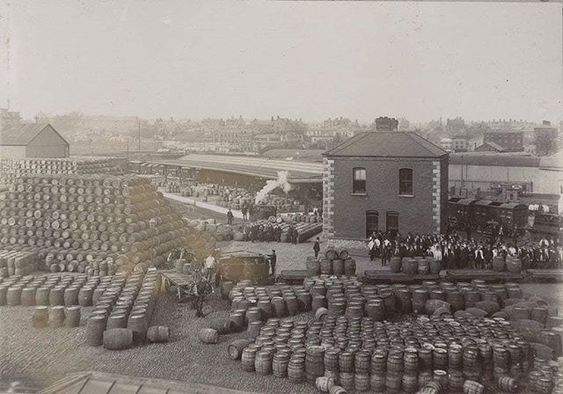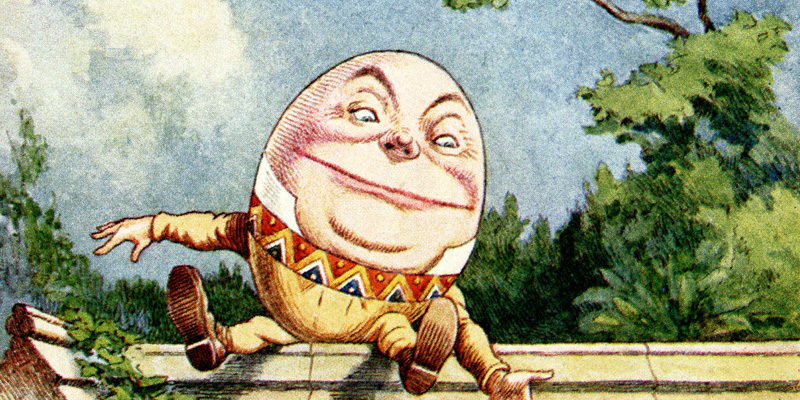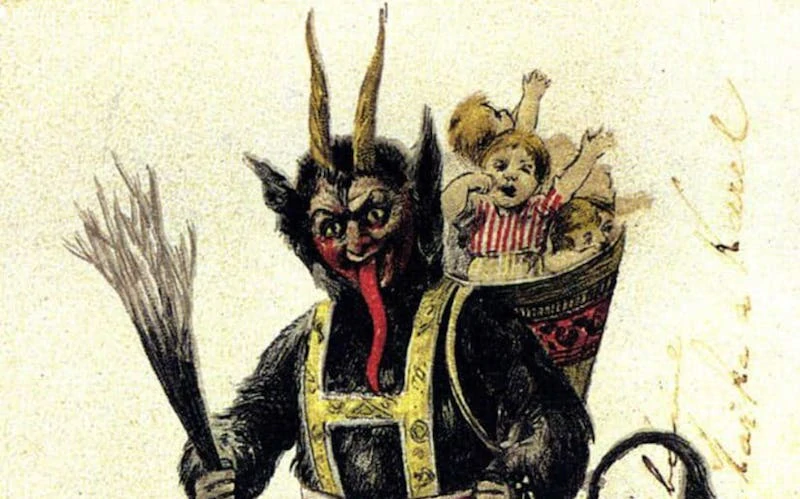Last updated on July 21st, 2022 at 10:49 pm
Ireland is synonymous with several things, many imaginary, such as leprechauns or St Patrick banishing all of the island’s snakes. A more real thing associated with Ireland is stout, the black-colored, bitter-tasting ale consumed there for centuries and exported worldwide.
And of all the brands of stout that one might come across, none is as famous as Guinness. At the height of its popularity in the early 2000s, nearly one billion liters of Guinness were being produced and consumed annually. The wider Guinness and Co. Brewery sales have topped two billion euros in recent years.
It’s all a long way from the small company that a certain Arthur Guinness established in Dublin over 250 years ago. But then again, maybe Arthur realized he was onto a winning formula.
After all, when it came time to sign a lease for a site on which to begin brewing his famous potion back in 1759, he signed a 9,000-year lease.
Here we look at his life and the exact circumstances of how he came to acquire such a huge rental agreement.

Who Was Arthur Guinness?
Arthur Guinness was born in September 1725 in county Kildare on the western edges of the county of Dublin. The Guinness surname is an anglicized version of Magennis, an Irish surname of a prominent Gaelic clan from north-eastern Ireland.
This particular branch of the Magennises attempted to conform to the British colonial government’s efforts to have them adopt English cultural norms and become Protestants in the early eighteenth century.
One of the relationships Arthur’s father, Richard, fostered in the process was with Arthur Price, a vicar of the Protestant Church of Ireland and subsequently the Archbishop of Cashel.
Arthur himself gained employment with Price, an influential figure within the British colonial administration in Ireland.
When he died in 1752, Price left £100 to Guinness in his will, a relatively substantial amount of money at the time, amounting to tens of thousands of pounds in modern terms. Arthur would use this money to found his brewing empire.
Leases in Early Modern Europe
Before examining the lease which Guinness acquired in 1759, it is important to understand how leases functioned in early modern times, the period roughly between 1500 and 1800 in European history.
Leases were substantially different during this era to what they are today, both for residential and commercial properties. For instance, today, residential leases in a majority of jurisdictions are established on a rolling twelve-month contract. At the same time, commercial properties are often let for five or ten years.
This was decidedly not the case in early modern Europe. Hundreds of years ago, the most common type of lease was either for 21 years or three lives, the latter implying the lives of the chief tenant, his wife, and his heir, typically the eldest son.
Such a lease would typically be expected to run for several decades. Beyond this, more extensive leases could run for hundreds or even thousands of years. The most popular version of these was the 5,000-year lease.
Effectively leases of this kind were an agreement that the owner was granted the land to the lessee in perpetuity but retaining some vague control over it.
Often the rent involved in such a transaction was nominal, with the lessee paying minimal rent. However, 5,000-year leases came with an initial payment of money, which could be pretty high and known as an ‘entry fee.’
This type of lease was effectively a form of selling the property without giving the full deed to the lessee. It was a version of this type of lease that would form the basis for establishing Arthur Guinness’s famous brewery in Dublin in 1759.
The Guinness Brewery’s 9,000-Year Lease
Guinness used the money he inherited from Price in 1752 to establish his brewery in the town of Leixlip in his native Kildare in 1755.
This was successful, and within a few years, he needed to acquire further properties to expand his production. Finally, he fixed on developing a site near the capital, Dublin, but outside the city’s boundaries as it stood at that time.
An ideal site presented itself. This was a disused brewery near St. James’s Gate on the city’s outskirts. Guinness soon contacted the owners and agreed that he would pay a £100 entry fee to acquire the property and pay £45 annually after that.
The lease would run for 9,000 years, which effectively meant that after several decades Guinness, or his successors, would be paying virtually nothing for the site, as inflation would render the rent largely obsolete.
Alternatively, he could walk away from the agreement after some time, but this would not prove to be the case.
At the time he rented the site, the export industry in Ireland was gaining momentum on the back of consecutive wars being fought by Britain.
These included the Seven Years’ War in North America between 1756 and 1763, the American Revolutionary War in the same region between 1775 and 1783, and the first stages of Britain’s conquest of India through the auspices of the British East India Company from the 1750s onwards.
As hundreds of ships carrying thousands of soldiers set off overseas from Britain, they regularly stopped in Ireland to pick up supplies of food, beer, and, crucially, ale.
Guinness’s stout or ale was soon selling in huge amounts to the British government and the British East India Company. Indeed, so successful was Guinness’s product that the corporation of Dublin city was complaining by the 1770s that his brewery was using too much of the city’s water supply. The brew eventually was named after its producer. Thus was born the pint of Guinness.
Guinness Today
Guinness has been produced for 260 or so years ever since. It went from strength to strength in the nineteenth century as Britain became the world’s foremost political, military, and economic power, with the St James’s Gate site becoming the largest brewery in the world in the late 1830s.
It remains the largest producer of stout anywhere in the world. However, the 9,000-year lease is no longer in operation. It was bought out in the late twentieth century, so the site came under the direct ownership of the company.
In the early twenty-first century, as property prices in Dublin sky-rocketed on the back of a property bubble, the company considered selling the brewery and associated buildings. Still, the inception of the 2008 Great Recession put an end to any such plans.
Today, in addition to still producing stout and other beverages, the brewery has become one of Dublin’s top tourist sites. Guinness couldn’t have predicted how successful his business would be when he signed his 9,000-year lease over 260 years ago.

